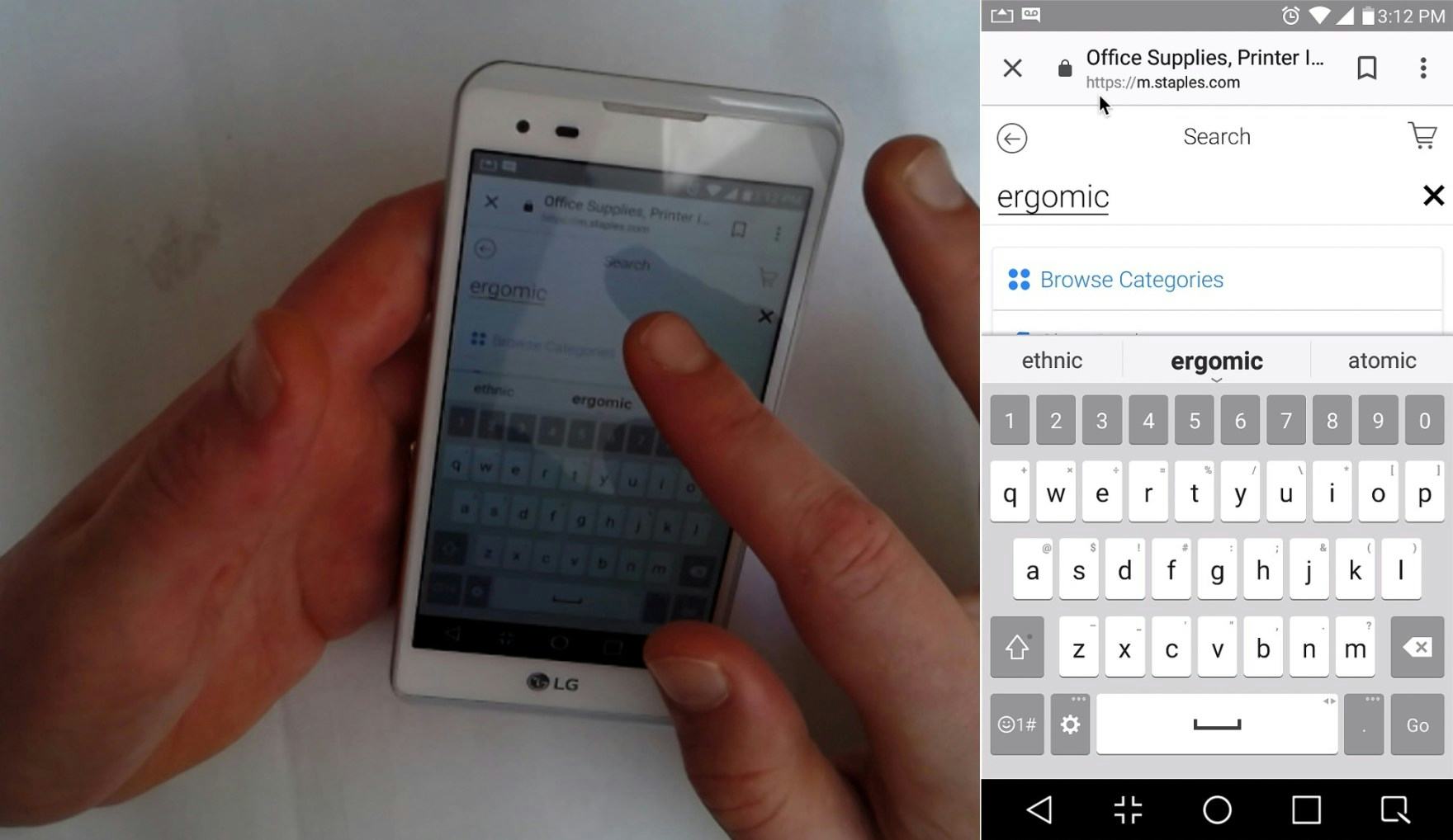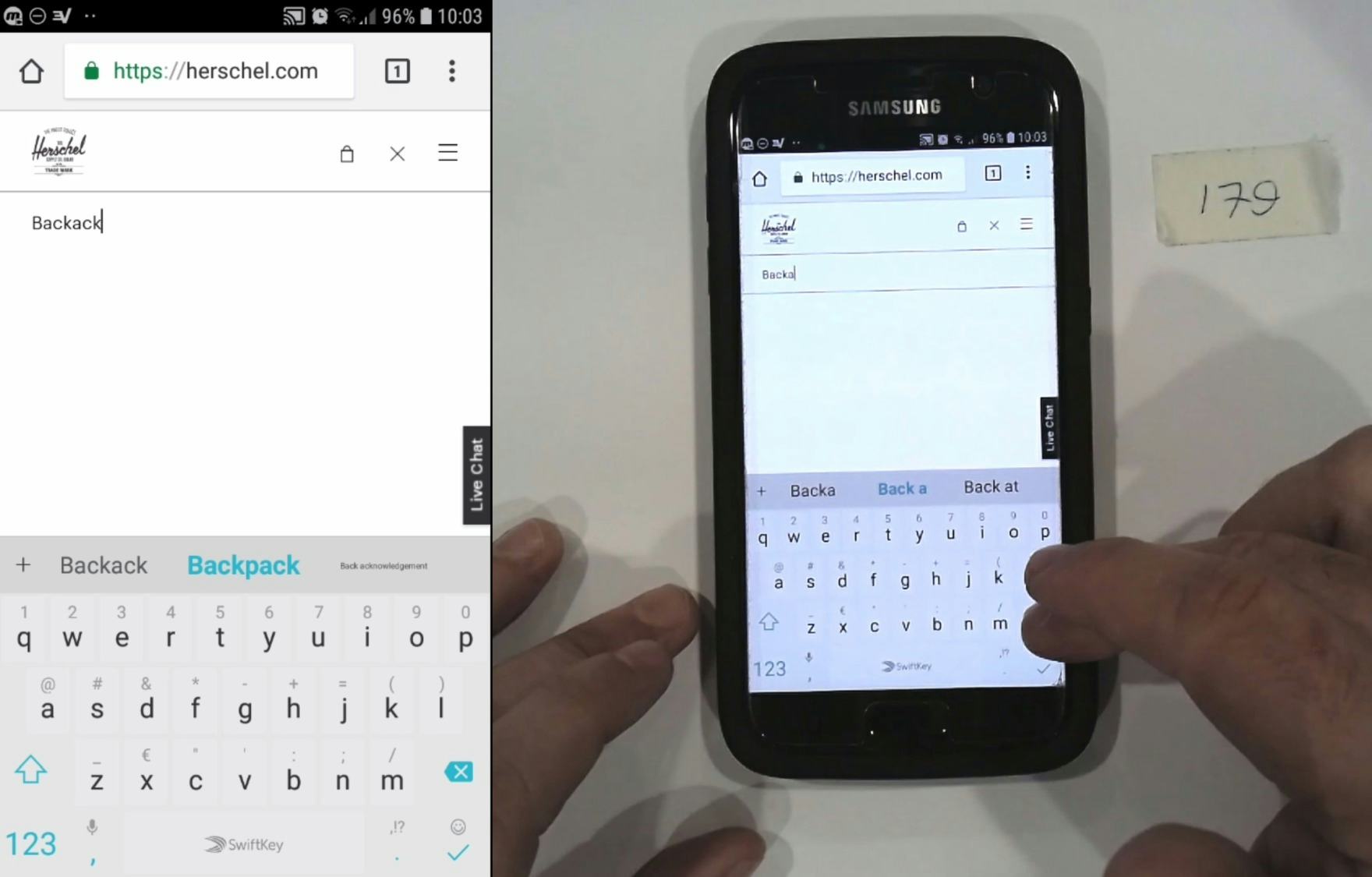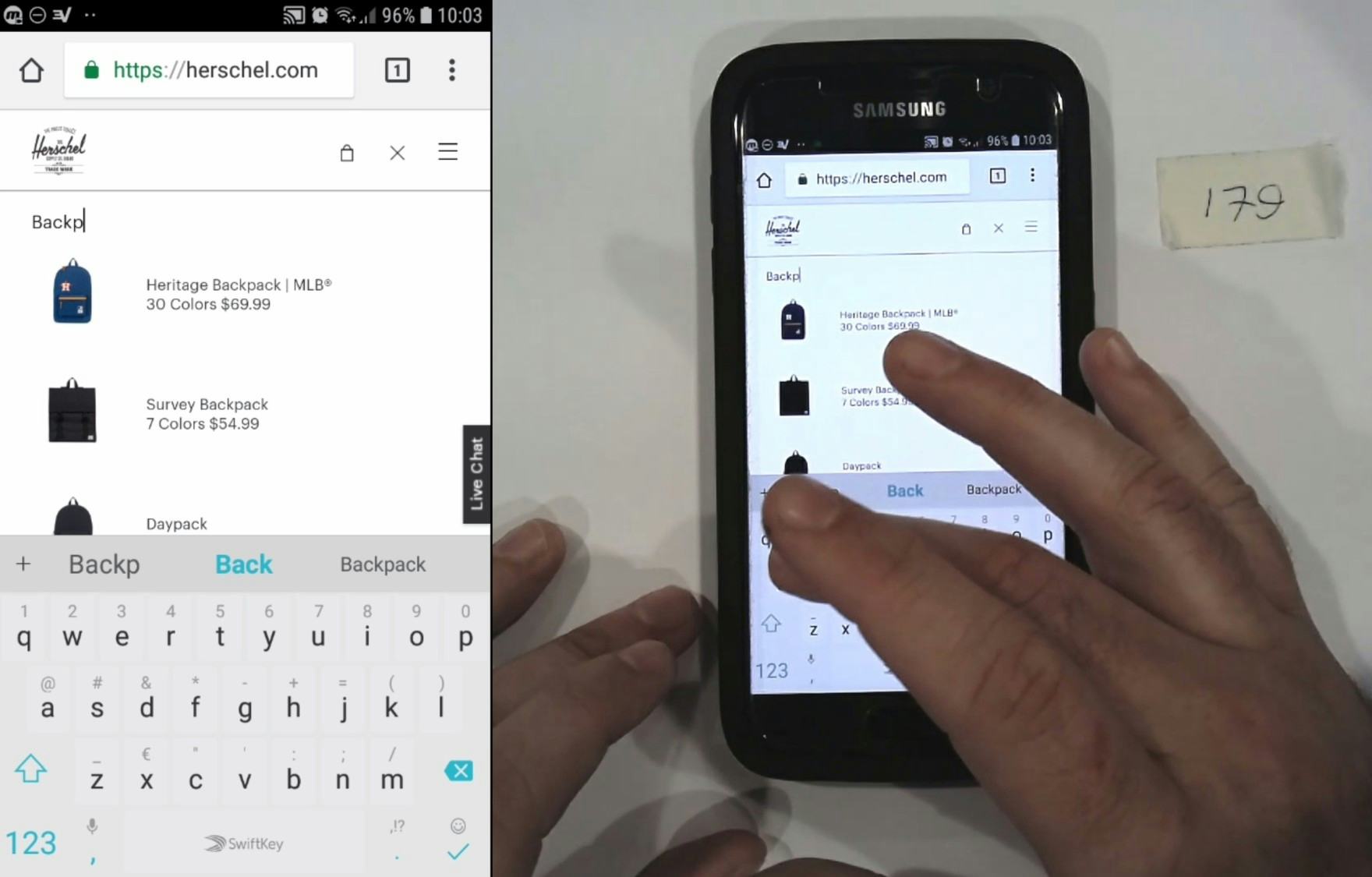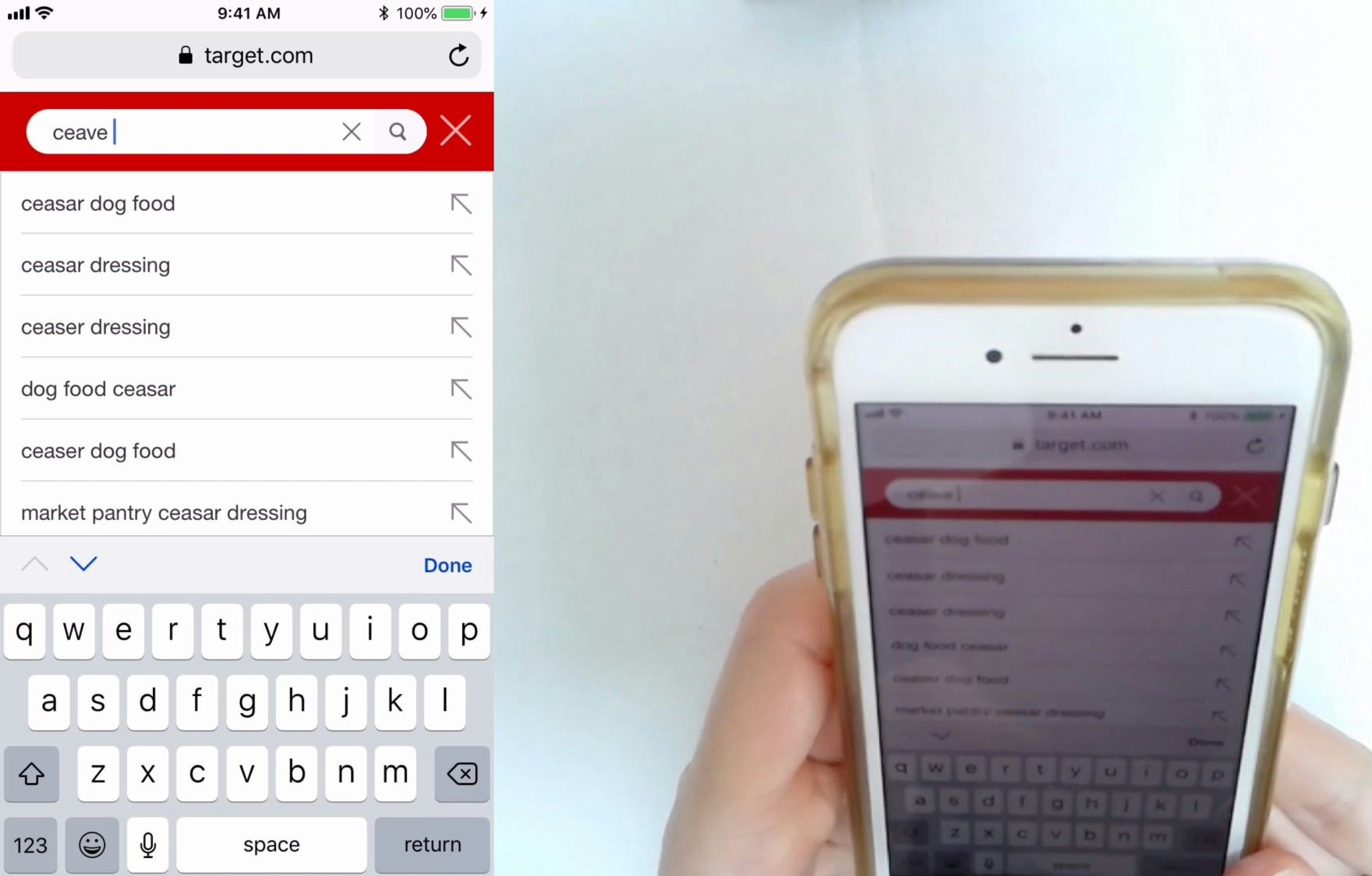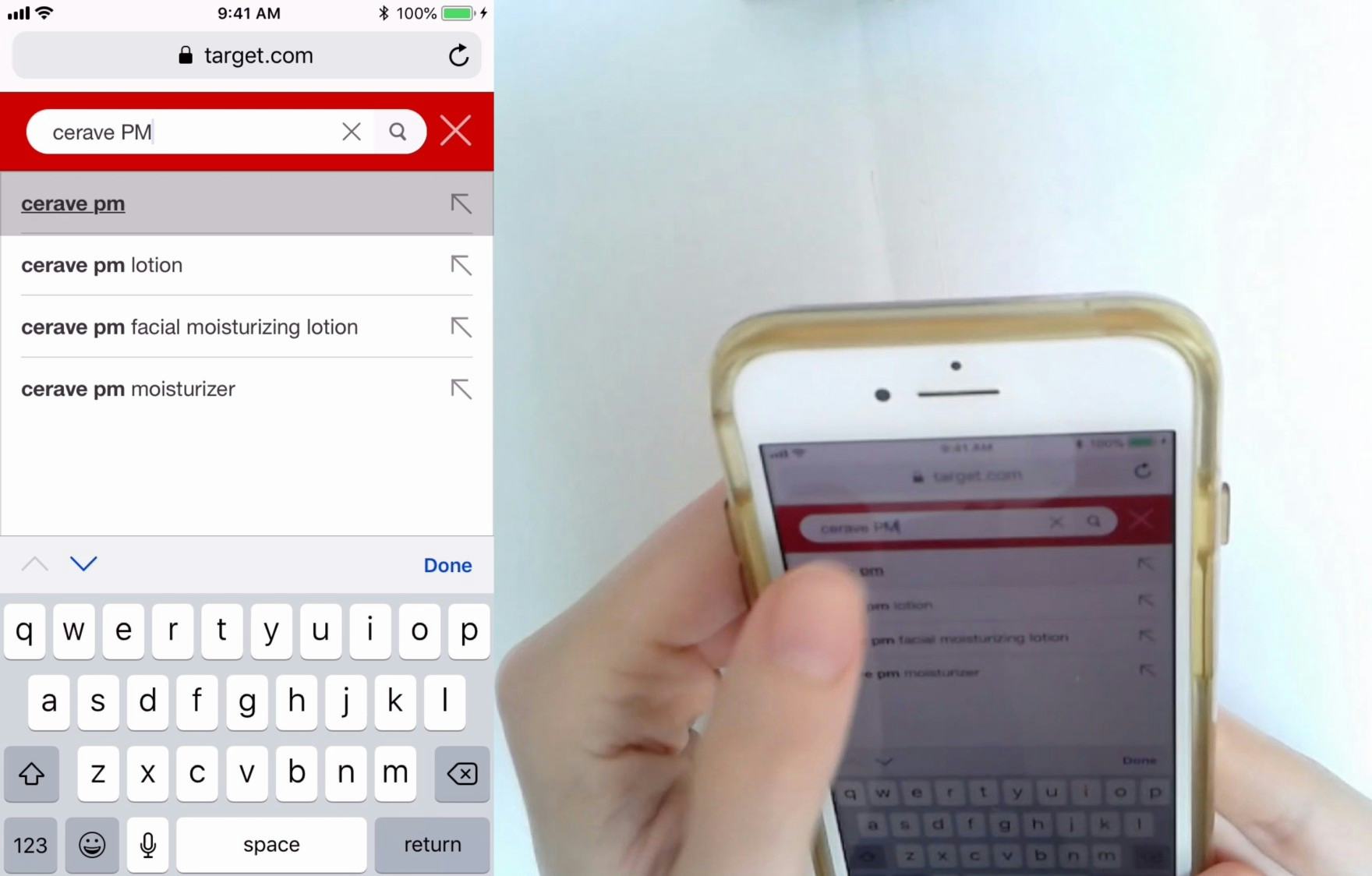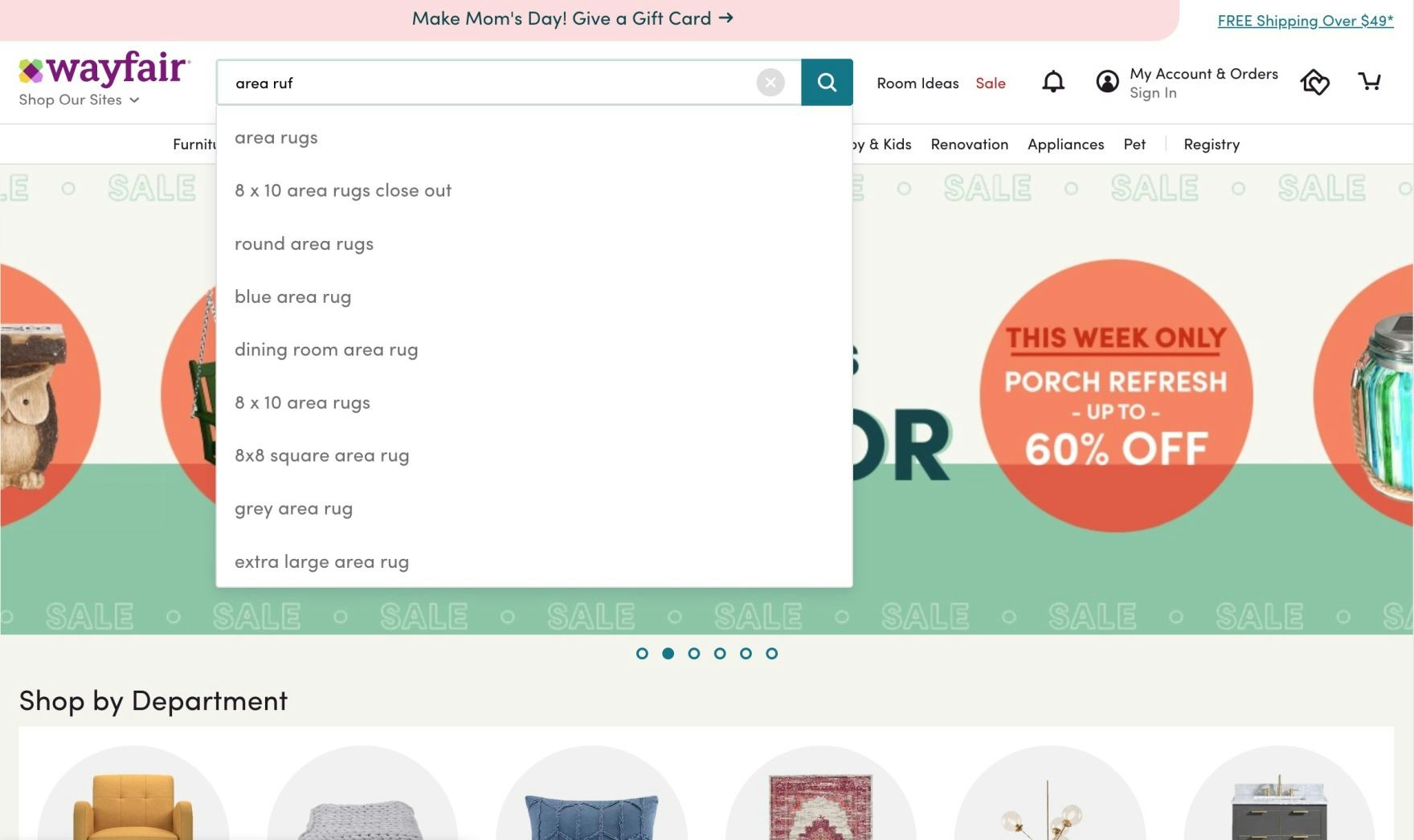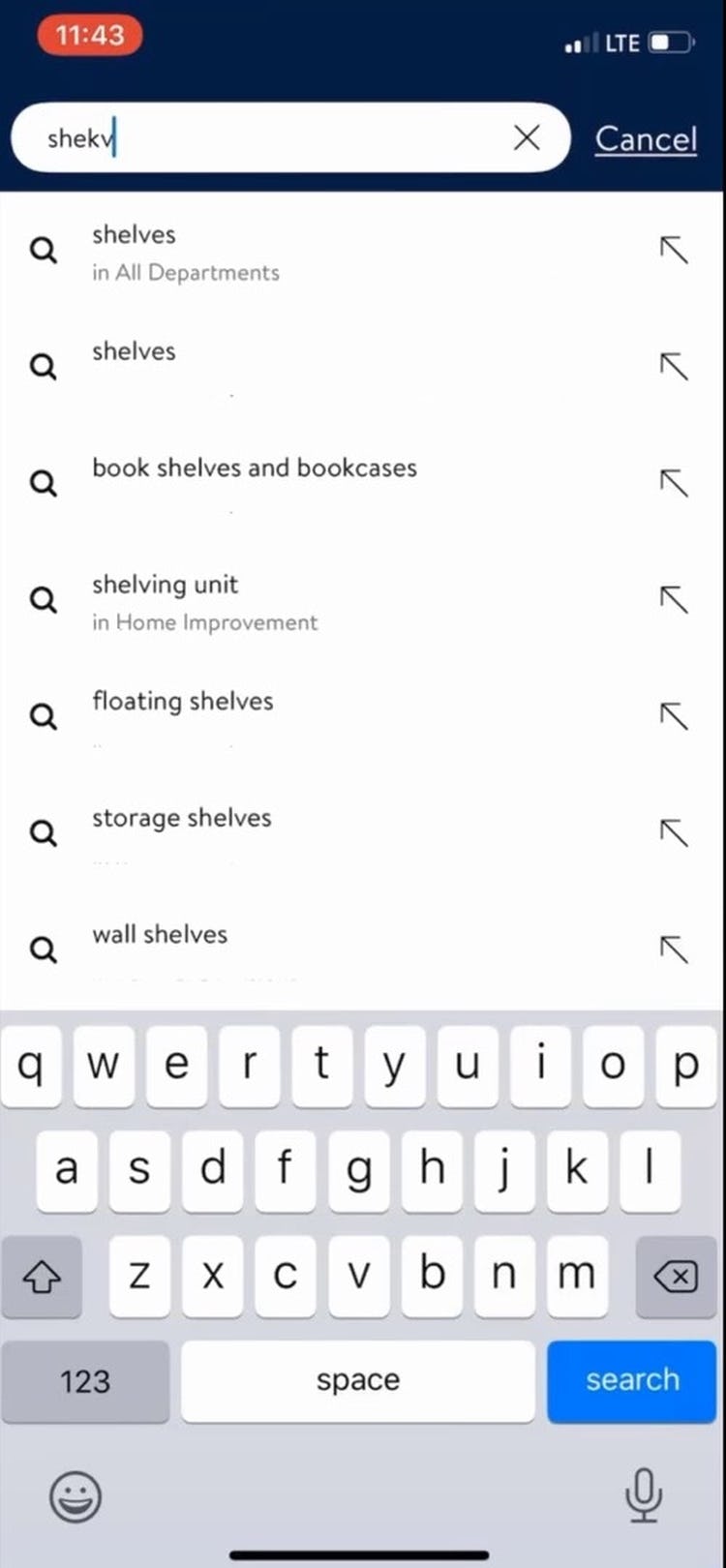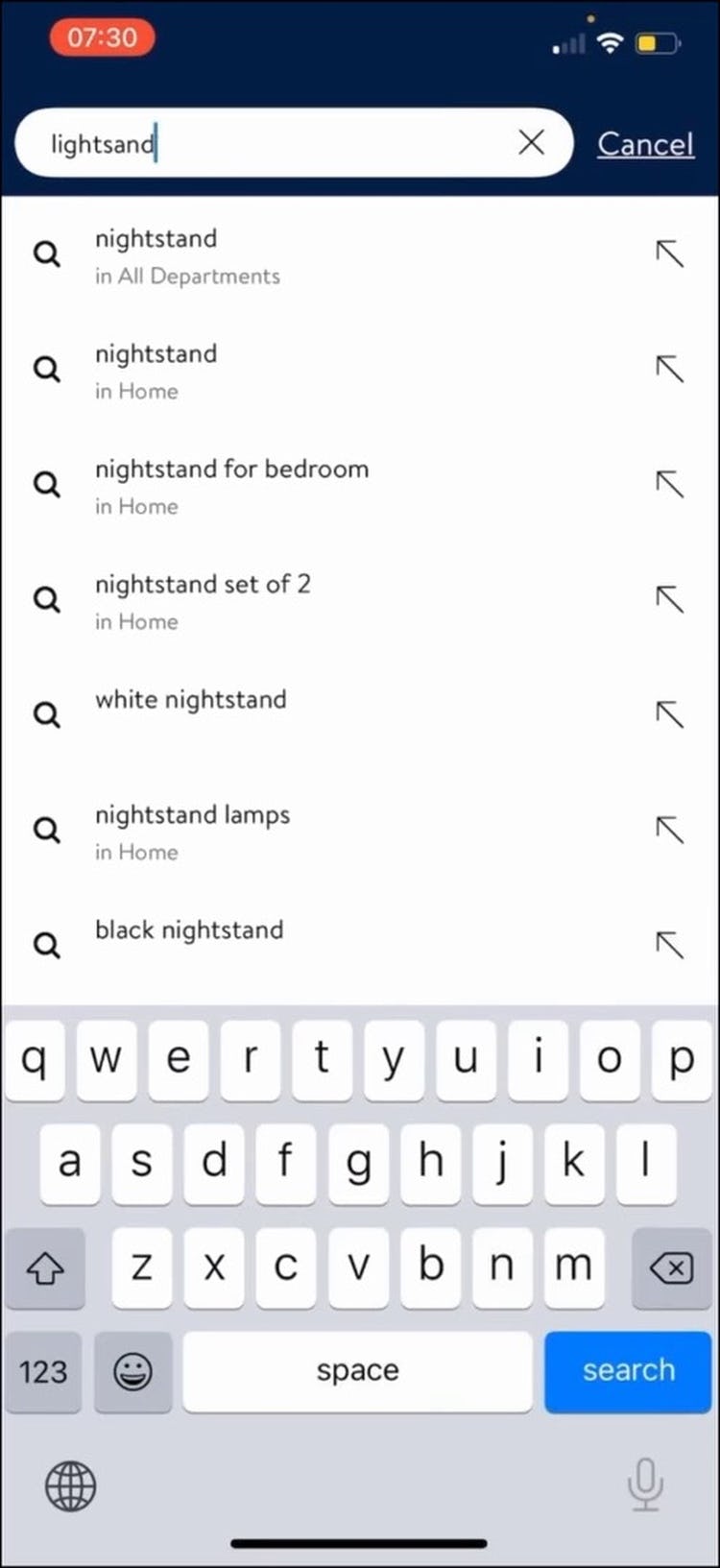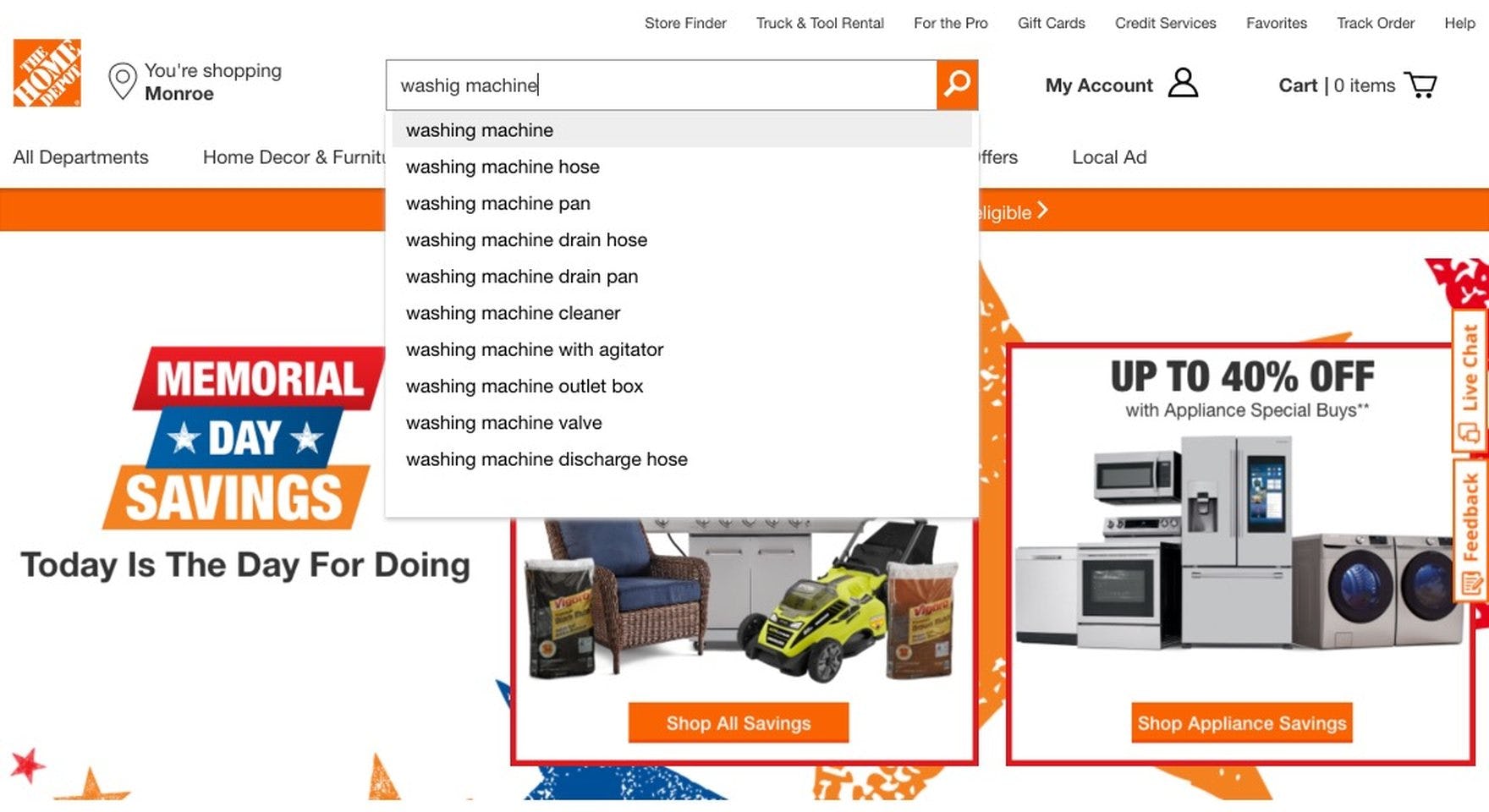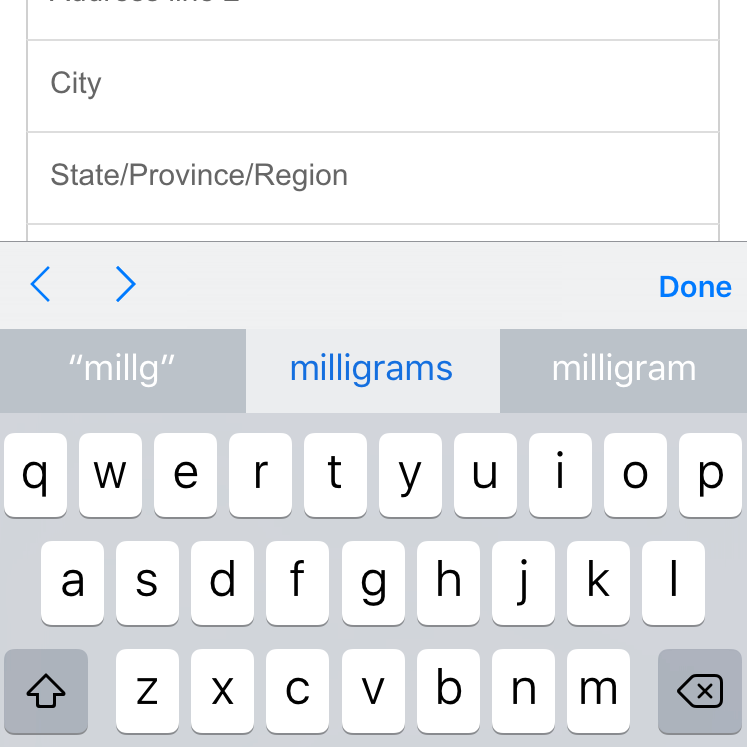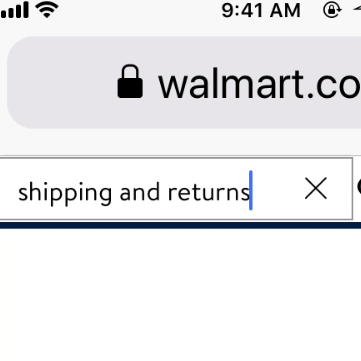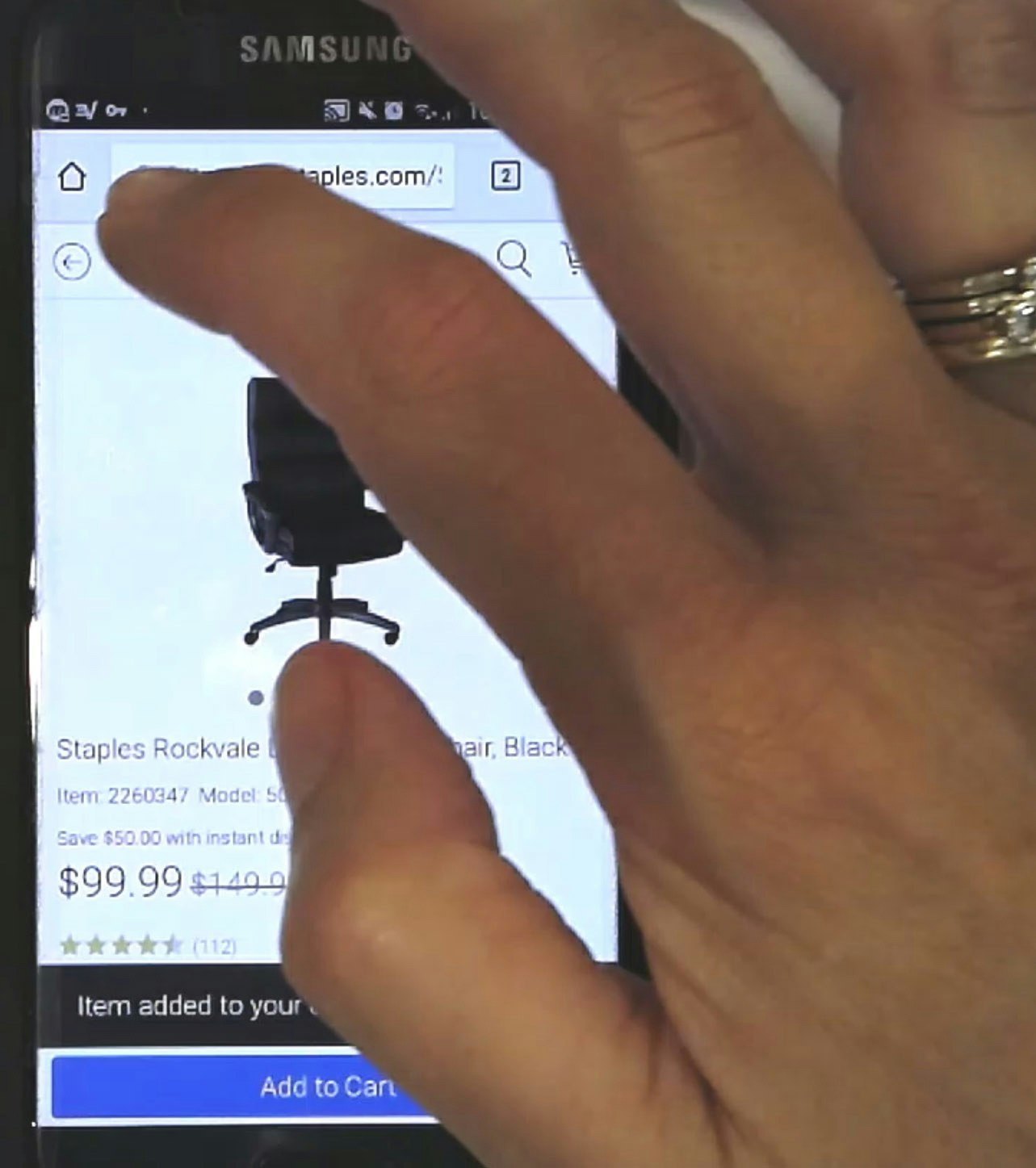During large-scale desktop, mobile web, and mobile app testing nearly all users relied on the guidance of autocomplete suggestions at some point when devising queries.
However, those suggestions often failed users if queries contained even the slightest spelling error (e.g., searching “furnture” instead of “furniture”).
Since autocomplete plays a key role in early search interactions, unexpected suggestions due to minor typos can cause users to change their product-finding strategies by seeking other browsing methods or reworking queries.
In the worst cases, if autocomplete fails to handle minor typos well it can contribute to abandonment downstream if alternate product-finding strategies don’t quickly lead to relevant results.
Despite the seriousness of the issue, our benchmark shows that 69% of sites don’t support autocomplete spelling suggestions for slightly misspelled queries.
In this article we’ll discuss
- how not supporting autocomplete spelling suggestions can hamper users’ product-finding efforts, and
- 2 strategies for mitigating the issue.
How Not Supporting Autocomplete Spelling Suggestions Can Hamper Users’ Product-Finding Efforts
At Staples there was poor support for an obviously misspelled term (“ergomic”) and autocomplete suggestions disappeared once the typo was detected. When users’ obviously misspelled queries don’t produce any suggestions, some will be puzzled by the missing guidance — either not realizing they’ve included a typo or not wanting to spend the time to correct it.
During testing, users’ misspelled queries were frequently met with irrelevant autocomplete suggestions, or suggestions that disappeared once an error was detected.
This signaled to many users that their queries would be unlikely to yield desired results.
During testing users typically reacted in 1 of 4 different ways (in increasing order of severity):
- Notice the error and quickly correct it (a minimal disruption to the product-finding process)
- Notice the error and spend upwards of 30 seconds or longer trying to correct it (a more substantial disruption to the product-finding process)
- Quickly conclude search is “poor” on the site and switch to trying to find a relevant product list through category navigation (with varying degrees of success)
- Quickly conclude search is “poor” on the site and abandon (“They must not have ‘ergonomic office chairs’”)
In an attempt to find backpacks on Herschel, a user mistyped his query, omitting a letter, and the product suggestions he’d previously seen disappeared (first image). He deleted characters until the point where he could insert the missing letter “p” and added it, at which time backpack product suggestions began to appear (second image). Autocomplete should be able to intelligently interpret such obvious misspellings, especially at a site like Herschel where much of the product catalog is backpacks. Failing to adequately support misspellings in autocomplete leads to more friction to find a product or product list — especially on mobile, where typing in general, not to mention editing queries, is more difficult.
While the workarounds for groups 1, 3, and 4 used are perhaps self-explanatory, the behavior of group 2 was particularly interesting.
This group of users were highly focused on using the autocomplete tool to find a relevant product list (or product).
These users would often pause and revise their query text simply to get autocomplete to suggest “something” relevant before they’d proceed.
Indeed, many were hesitant to submit a query without the validation that came from matching autocomplete suggestions — causing these users to get temporarily “stuck” in the search field making corrections.
Moreover, the issue was observed to be more severe for mobile testers, where not only is typing more difficult on mobile keyboards but editing is as well.
“‘Cerave PM’, oops”. A user at Target attempted a search for facial moisturizers and included a brand name with a typo (“ceave”) where a single character was omitted. After viewing unrelated suggestions (first image), she deleted the last three characters in order to insert the “r” in “CeraVe” and was then presented with new, relevant suggestions (second image). Many users look to autocomplete as a way to assess quality of results in advance, causing some to spend extra time correcting their typos before submission.
Unlike users who are using a desktop keyboard and mouse, who can simply point and click to where they want to edit, mobile users were observed to delete characters one-by-one or attempt to tap precisely in the middle of a misspelled word — often having to repeat the process several times after their first attempts failed.
Having to repeatedly correct search query text results in wasted time and effort — time that could have been spent instead on exploring products of interest.
Finally, it’s important to mention that many sites correct misspellings on results pages (including on “No Results” pages).
While important for users who arrive at a results page, these spelling corrections come too late for users who choose to revise their query multiple times in the search field without submitting their query, or those users who abandon search altogether due to poor misspelling support in autocomplete.
Thus these users won’t benefit from spelling corrections on the results page — they never get far enough to take advantage of that feature.
2 Strategies for Improving Autocomplete’s Ability to Handle Misspellings
At Wayfair, a query intended to find “area rugs” includes a typo where a simple swap of adjacent characters was entered (“area ruf”) — yet autocomplete still offers relevant query suggestions, with the corrected match at the top of the suggestion list. Having obvious misspellings mapped to corrected suggestions can allow users to reach products without additional effort to revise queries.
A user at Overstock typed the query “backack” and left off the letter “p” — the same error a different user made at Herschel — but here Overstock supports what is likely a quite common misspelling and the user was able to submit the query uninterrupted by tapping the first autocomplete suggestion. Anticipating common misspellings within autocomplete and suggesting the correct spelling eliminates any query refactoring, allowing users to move smoothly into product exploration with a single tap.
Autocomplete suggestions in the Walmart app proved useful for 2 users during testing, as autocomplete coped well with “shekv” (first image) and “lightsand” (second image) by providing suggestions in line with the users’ intentions.
Since spelling errors in search queries do occur with significant frequency, autocomplete’s relevance can be enhanced by mapping misspelled words to meaningful autocomplete suggestions.
In particular, there are two ways to get started with mapping:
-
Spell check solutions: There are existing spell check solutions (many of them freely available online), which means common misspellings should be relatively cheap to catch. However, depending on the search engine and autocomplete implementation, it may not be feasible to integrate an off-the-shelf solution. Additionally, misspellings of brand names or highly specialized products may be difficult to catch.
-
Manual mapping: Depending on the search engine and autocomplete implementation, careful monitoring of autocomplete query logs and search logs should shed light on misspelled queries that users enter into the search field, which can be a good starting point for analysis and prioritization of improvement efforts for autocomplete spelling suggestions.
Help Users Get to Relevant Product Lists
At Lowe’s, a query with a single character omitted (“washig machine”) ceases to display any autocomplete suggestions after the typo is encountered, which doesn’t provide users with guidance for the misspelled query nor any advance assurances that the search may be successful.
The same misspelled query at Home Depot for “washig machine” shows multiple corrected autocomplete suggestion options, providing a clear path to results, as well as validation of the query’s potential for relevant results. Users can now focus on exploring products — rather than fiddling with the autocomplete feature.
Autocomplete is often a crucial feature that’s heavily relied on by users — especially when they first start exploring a site.
Indeed, autocomplete query suggestions can lead users directly to relevant product lists — and eventually to the product they’d like to purchase.
Yet brittle autocomplete features, which quickly break when obvious misspellings are entered, were observed to distract users during testing — and autocomplete went from a very useful feature to a hindrance to users’ ability to find suitable products.
In order to ensure autocomplete can handle simple misspellings, it’s important to map common misspellings to their correctly spelled counterparts, using an off-the-shelf solution, manual mapping, or a combination of the two.
Yet despite the importance of having a high-performing autocomplete feature, 69% of sites don’t offer relevant autocomplete suggestions for closely misspelled queries — leaving some users to abandon using search at all.
This article presents the research findings from just 1 of the 650+ UX guidelines in Baymard – get full access to learn how to create a “State of the Art” ecommerce user experience.

